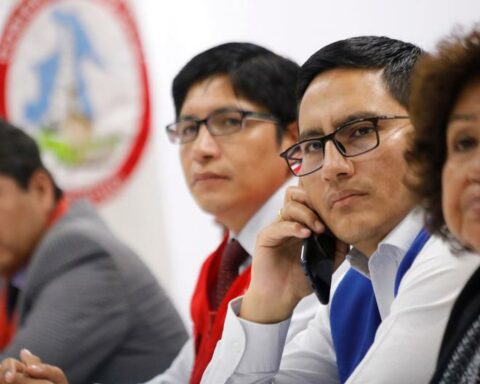In a comparison between the face-to-face modality and home office, the latter has the highest rate of late attendance with 13.78% (versus 12.41% in face-to-face), but the face-to-face modality led in work absenteeism with 30.67% (versus 8.19% in home office). office), according to the report on “Time control in Peruvian companies 2021” by GeoVictoria, an attendance control company.
For the study, assistance was analyzed from January to December, last year, among the workers of more than 175 companies, between large, medium and small.
“Although the management and time control of collaborators is an important issue in organizations, in recent years, it has become a matter of vital importance”pointed out the general manager of GeoVictoria Peru, Kerim Rumie.
LOOK: ONP Pensions: Learn about the August schedule for paying retirees
He explained that its correct use allows an efficient and optimal management of the cash flows of the entire company: payment of payroll, overtime, increase/reduction of hours, etc., which translates into the sustainability of the organization.
“Not having control of it or, what is more serious, being unaware of it, can seriously harm a company. That is why, at the regional level and in Peru, more and more organizations from different sectors rely on technology, to know in real time the time control of their collaborators and thus make better decisions for the company”he added.
Telecommuting in Peru
The home office, or also called teleworking, was very well received in our country in the harshest times of the COVID-19 pandemic. Today many companies continue with this modality, with a third option of mixed work.
The GeoVictoria Peru study indicates that this modality has a very low annual average absenteeism rate: only 8.19% during 2021. Double-digit peaks are only recorded in January (16.97%) and July (16.30%).
On the other hand, in terms of lateness, which implies not arriving on time at the hours of entry and refreshments at work, it has an average of 13.78% per year. The highest peaks are recorded in the last quarter of the year: October (14.83%), November (17.21%) and December (16.22%).
Face-to-face modality
Regarding face-to-face work, what the study found was that this modality presents 30.67% absenteeism in 2021. Compared to the home office modality, face-to-face work registers a greater number of absent workers in 2021 in the Peru, but, nevertheless, presents better values in punctuality (87.59% versus 86.22% with the telematic modality).
The highest peaks of absenteeism in the face-to-face modality occurred in the months of January (36.26%), May (41.72%), June (33.20%) and July (31.84%). As for the months with the highest percentage of delays, they occurred in the months of March (14.88%) and December (14.45%).








